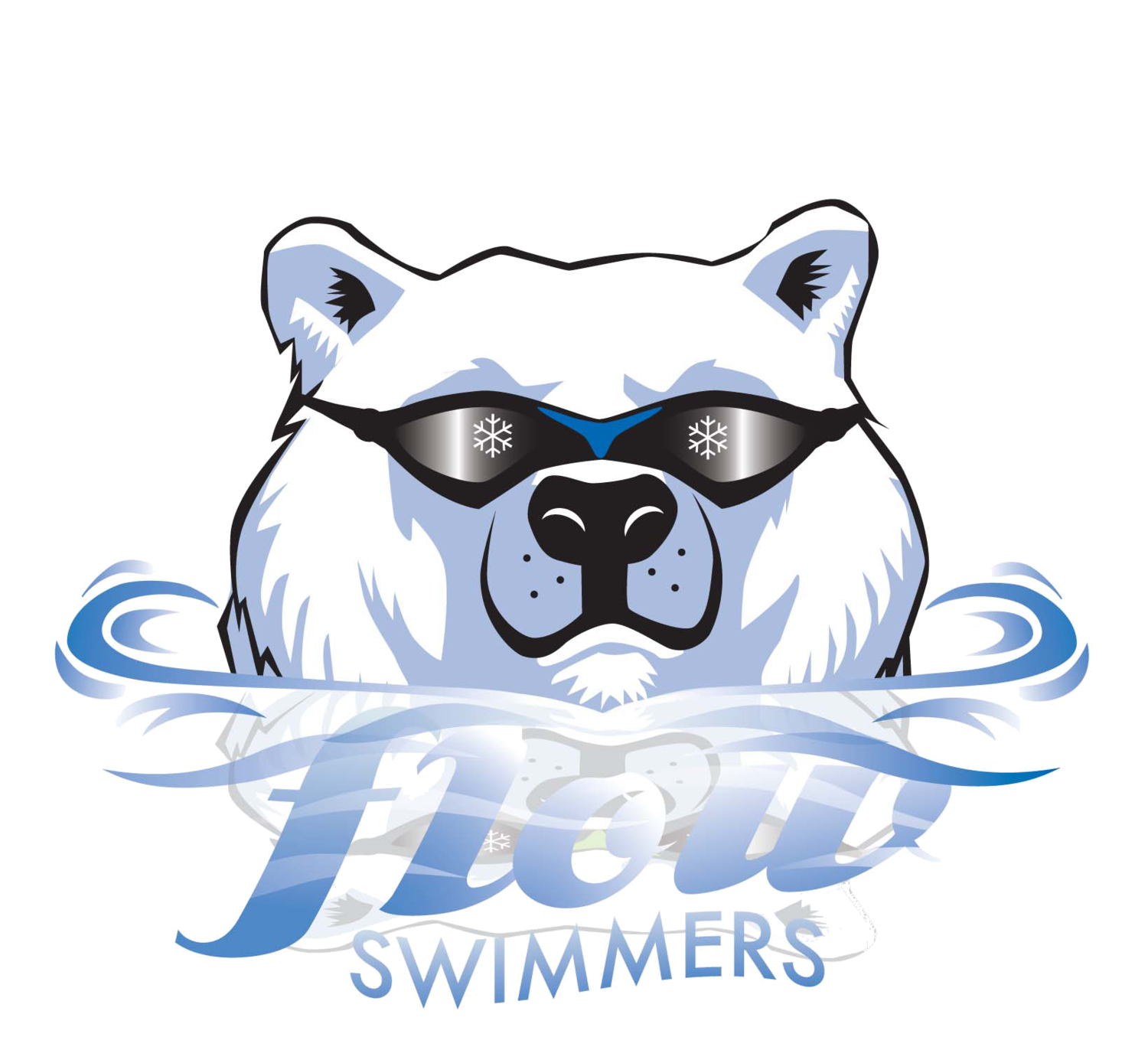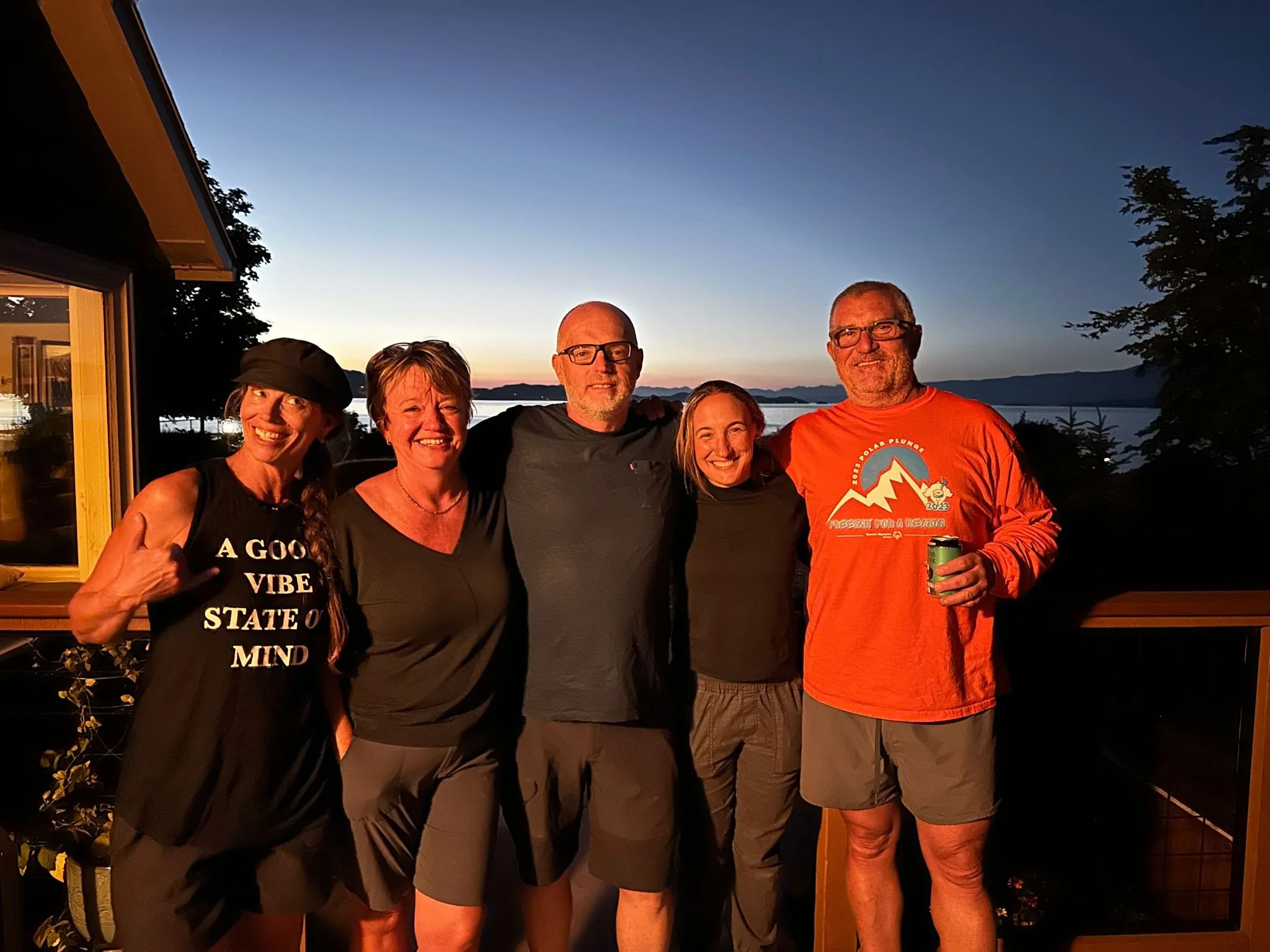
Flathead Lake Marathon Swims
Only eight people have swum the 28-mile length of Flathead Lake: Paul Stelter (1986), Ron Stevens (2005), Emily VonJentzen (2012), Sarah Thomas (2015), Craig Lenning (2015), John Cole (2017), Michael Johmann in 2021, and Martyn Webster in 2023.
Paul Stelter was the first to cross in 1986.
Ron Stevens during his 2005 swim.
John Cole in 2017 with Emily as a DOUBLE!
Kalispell News from Paul’s 1986 swim.
Emily VonJentzen in 2012
Michael “The Professor” Johmann in 2021
Ron Stevens made it in 2005.
Craig Lenning & Sarah Thomas in 2015.
Martyn Webster in 2023 — New Men’s Record of 14h35M
Paul, Ron, and John all swam from south-to-north, and the others swam from north-to-south. Technically, it does not make any difference, but it is best to swim WITH the wind rather than against it. The winds on Flathead Lake vary and are not as predictable as many other marathon swimming locations.
There have been several width crossings of Flathead Lake’s main body (8 miles), five swimmers have completed the Grizzly Crossing (15 miles), and one circumnavigation relay (80 miles). Laura Chenier is the only person on record to have swum the “widest width” from Elmo to Blue Bay…She actually swam a bit further…to Flathead Lake Biological Station at Yellow Bay. Read her story here: Kalispell woman swims broadest width of Flathead Lake.
The water warms up in June, tops out around the end of July, and declines in late August. Here is a general pattern, but this can vary widely:
June 1st: 50F (10C)
July 1st: 60F (15C)
July 15th: 65F (18C)
August 1st: 70F (20C)
August 15th: 70F (20C)
September 1st: 65F (18C)
The weather and the air temperature follow this pattern:
June: Still cool and typically showery
July: Dry and warm in the upper 70s to lower 80s (20-30C); nights can be cool!
August: Same as July, BUT the last few years have been very smoky from the western fires
Late August: There can be some VERY cool nights with morning temperatures below 40F (5C)
Flathead Lake Marathon Swims
There are no tides, currents, or consistent trade winds associated with many other marathon swims. Therefore, it is not 100% necessary to swim at night…it depends upon how long it takes you!!! Thunderstorms are random and not as predictable as Tahoe, for example.
Accommodations around the lake are quite good. There are a few nice hotels and many VRBOs, depending upon what you are looking for. There are grocery stores and big box stores to purchase most of the supplies you will need.
There are a few boat rental concessions on the lake, and prices run about $600/day, and you may be able to get a deal for a 24-hour rental. For liability reasons, it is unlikely that any of them would provide a captain or crew for your swim, but they would be helpful with tips, maps, and staying in contact should anyone get into trouble on the swim.
Since only seven people have ever completed this swim, there are no official organizations, pilots, crews, or observers. There has never been the need or demand for that level of service.
In general, a 4-5 day window is recommended, similar to the English Channel. Once you arrive, check out the prevailing weather, and pick the best day for your swim. I enjoy swims that are wrapped around a full moon. Since Montana is so far north, we have very long days throughout the summer.
There are many sites to see around the area including Glacier National Park and The Bison Range…and there are always shorter training-type swims around Flathead Lake.
Here are some important questions:
What previous marathon swims have you attempted and/or completed (DNFs are okay)?
a. If this is your first, what’s the furthest you’ve swum at one time?
What is your cold-water distance swimming experience?
What is your average speed per hour (miles or kilometers) for a marathon swim?
What are you hoping to accomplish with this swim?
Are you applying for any 3rd-party “ratification” (MSF, WOWSA, etc.)?
a. If so, what are the rules or standards to be followed?
b. What is the purpose of the ratification?











